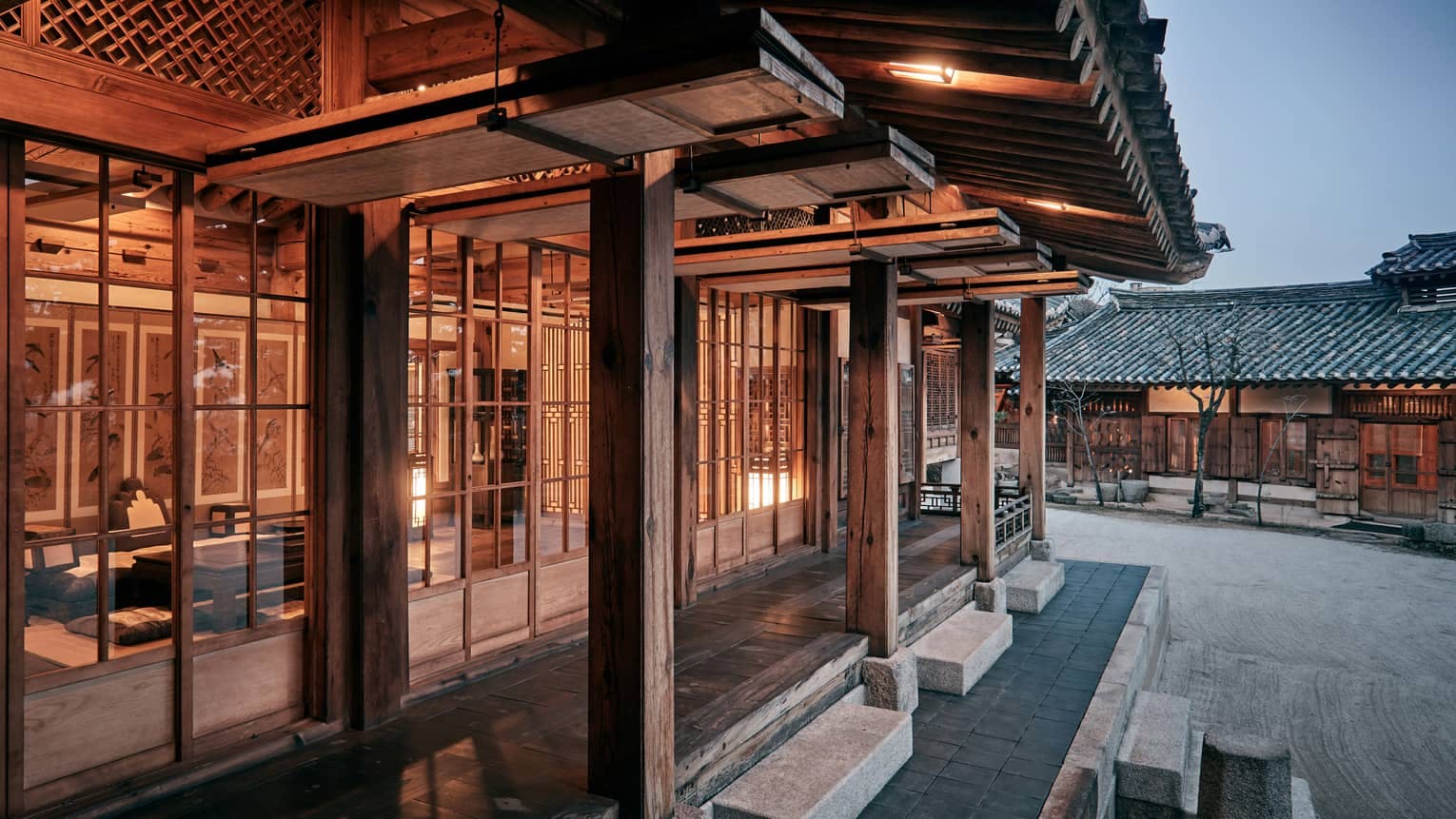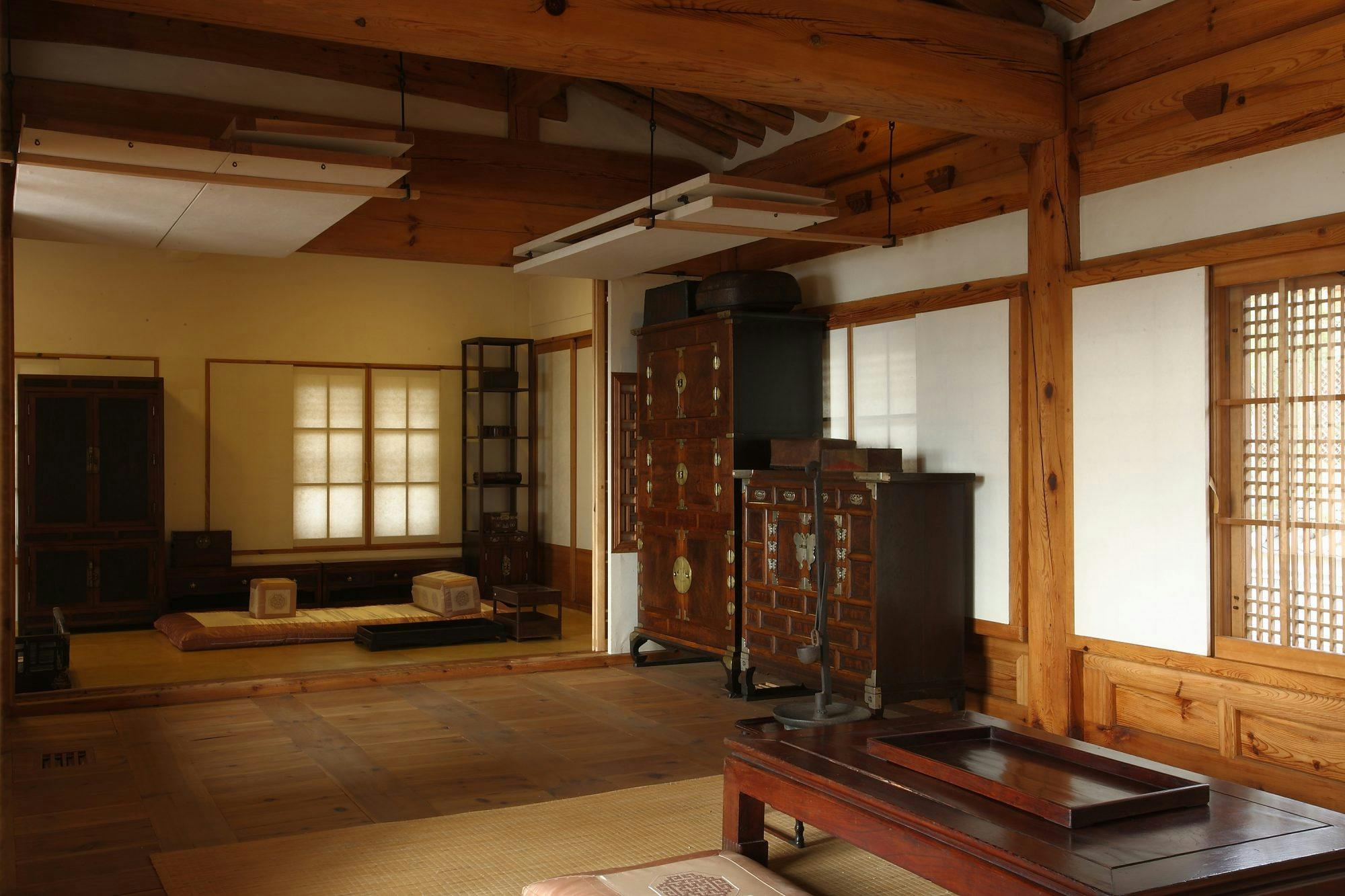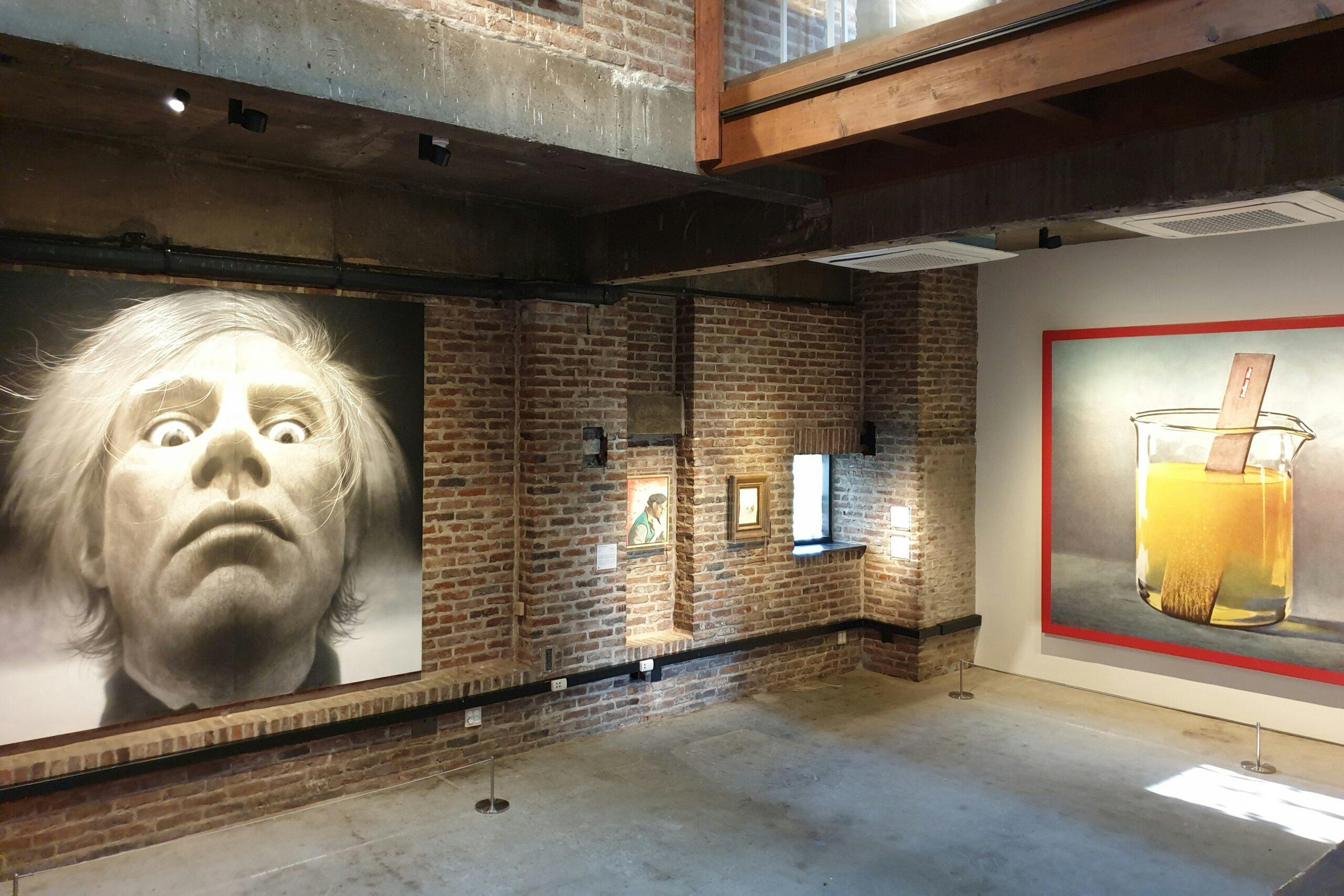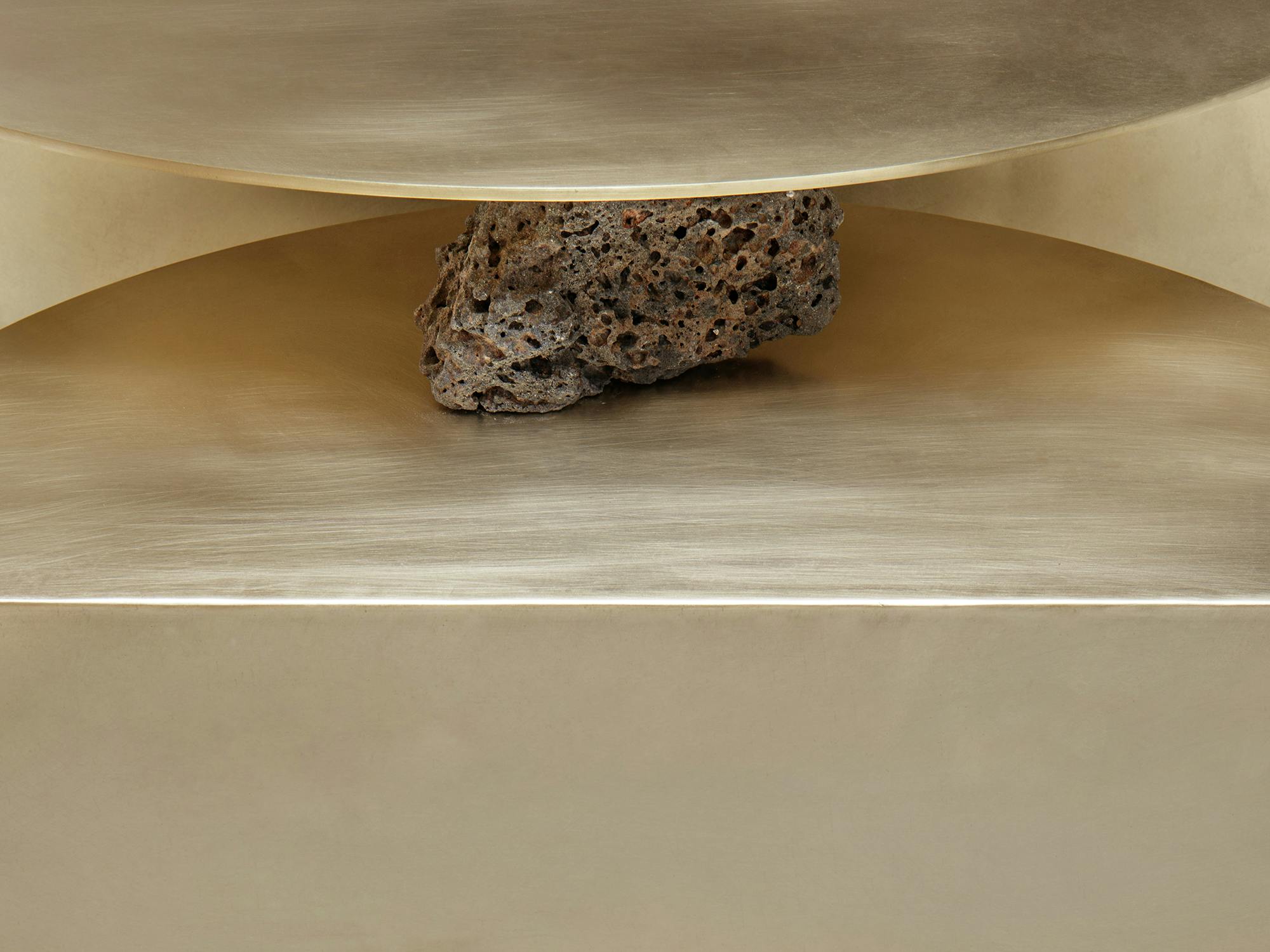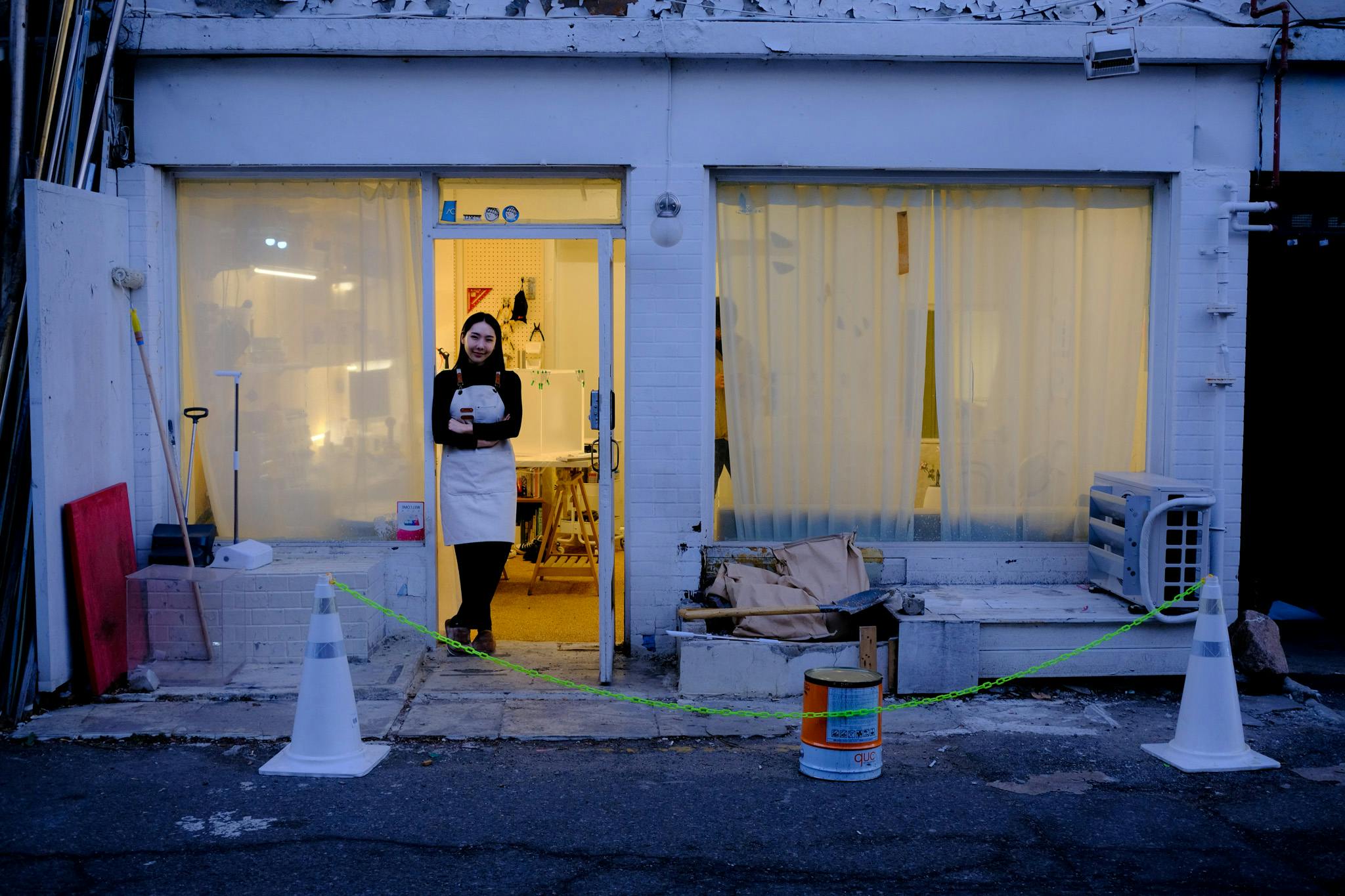
Korean Furniture Museum
The Korea Furniture Museum, founded in 1993 by Chyung Mi-sook, is a private museum showcasing the history of furniture and related artisan craft in Korea.
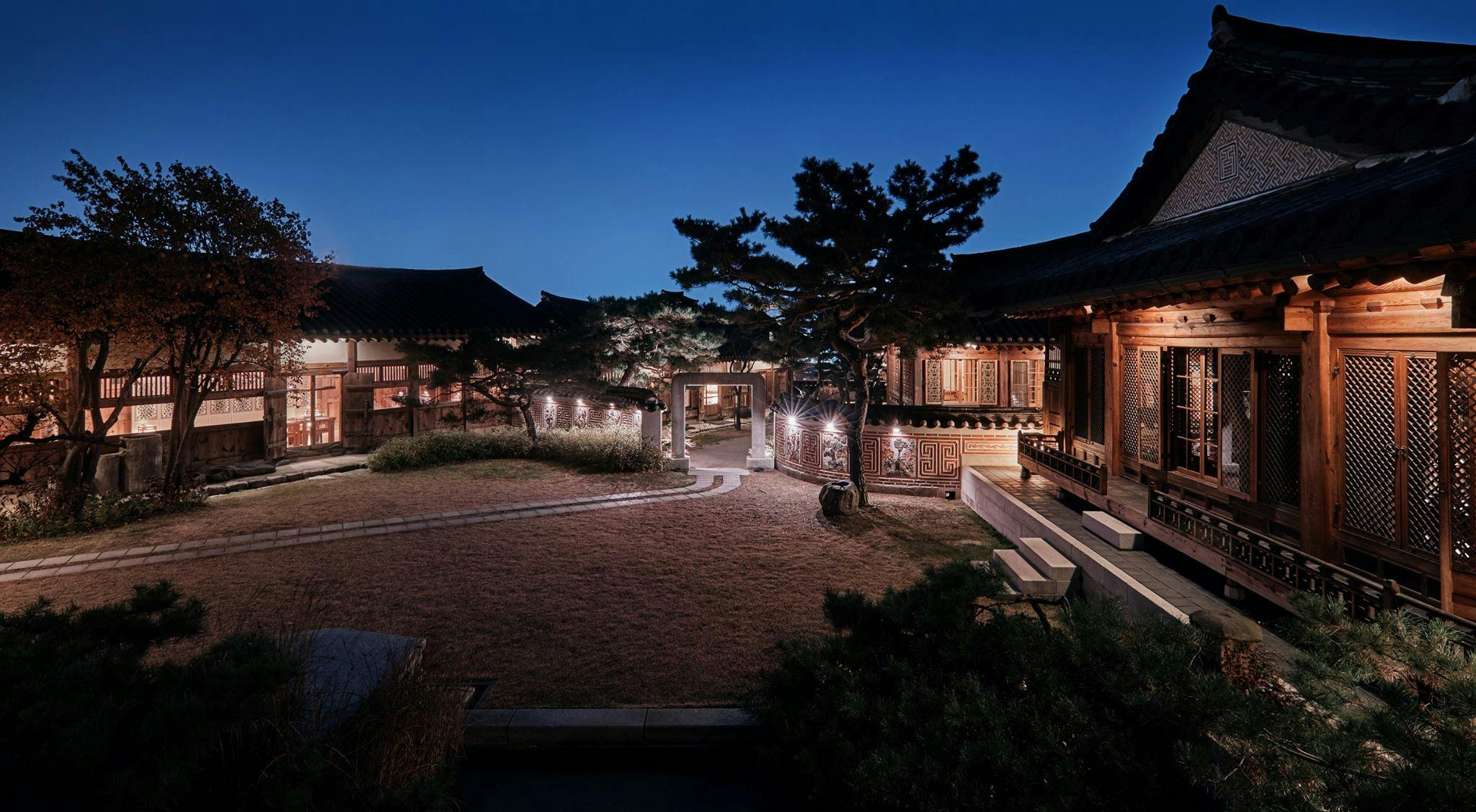
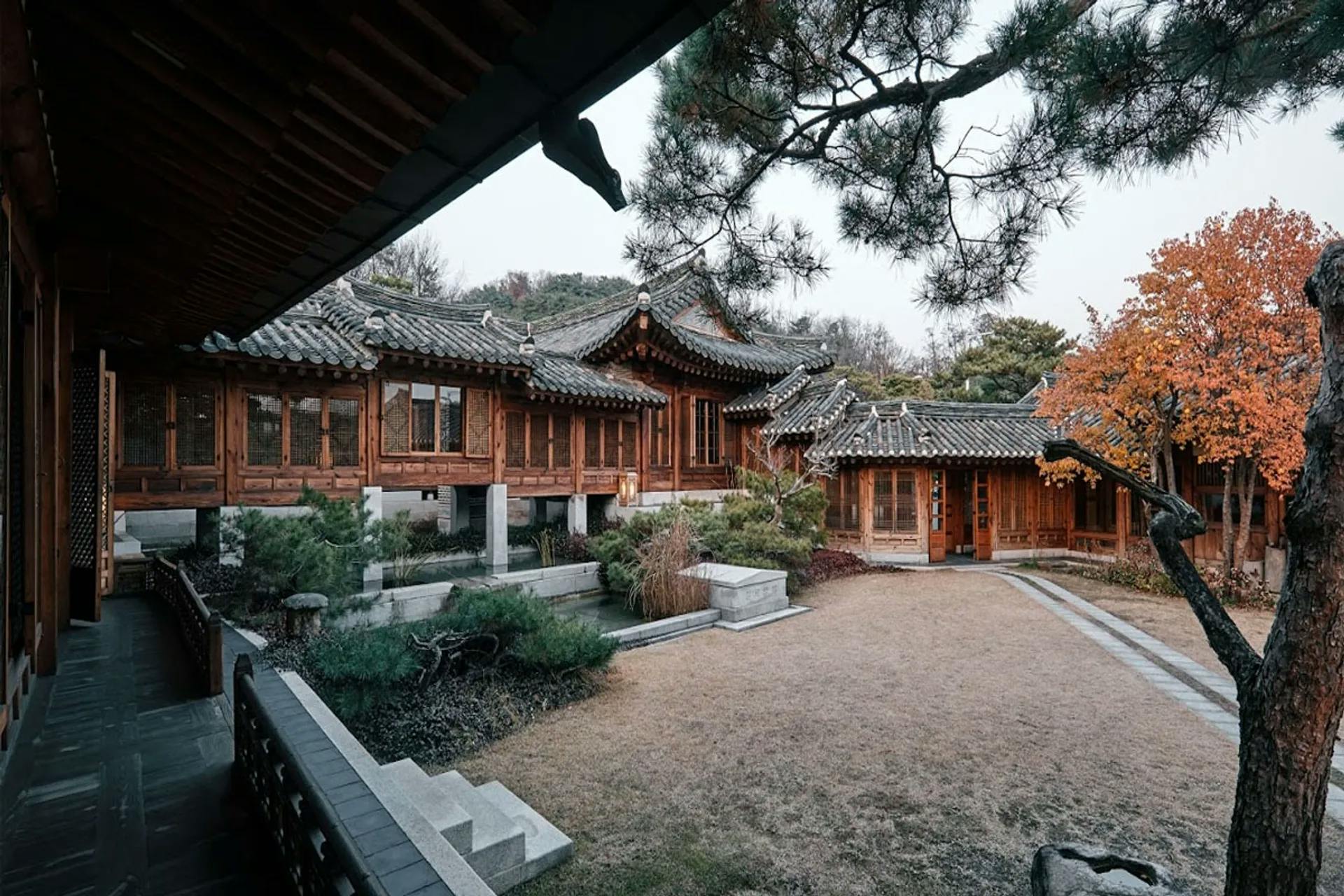
The Korea Furniture Museum, founded in 1993 by Chyung Mi-sook, is a private museum located in the Seongbuk neighborhood which is a “hilly area of luxurious homes”. The museum itself is a collection of several traditional aristocratic houses (hanok) “in a village setting designed to illustrate the way the Korean nobility lived during the Joseon dynasty”. Chyung Mi-sook had made the decision to present her personal collection of about 2,500 furniture pieces to the public as she has been collecting traditional wooden furniture since the 1960s and was able to “effectively deliver to visitors the classical Korean lifestyle that cherishes harmony with nature and spiritual satisfaction”.
The exhibition hall is consistently being refreshed as it displays about 550 pieces of wooden furniture at a time out of the entire collection. “As well as discovering the localized characteristics of furniture from different parts of the country, visitors can gain an understanding of the general features of traditional Korean furnishings: their aesthetics emphasizing the intrinsic beauty of the raw materials over artificial decorations, thoughtful design taking into consideration the natural contraction and expansion of wood, the overall distribution of weight, and practical structure which makes full consideration of the human scale”. You will find that “many of the items of furniture for the wealthy class look very minimalist and modern”.
“At the museum, visitors can also experience Chagyeong, or “borrowed scenery,” one of the definitive characteristics of traditional Korean housing (Hanok). Koreans of the past enjoyed the extensive landscapes visible through their windows as if they were private gardens. This traditional technique illustrates a receptive attitude toward nature and, at the same time, a macroscopic view of architecture. People of the time valued geomantic principles and accommodated natural geographic features into their architecture, but they also applied this creative technique of borrowed scenery as a means to not confine the human quarters to within the walls but expand it as far as the eyes can reach in order to embrace nature.”
Text courtesy of wikipedia.org
